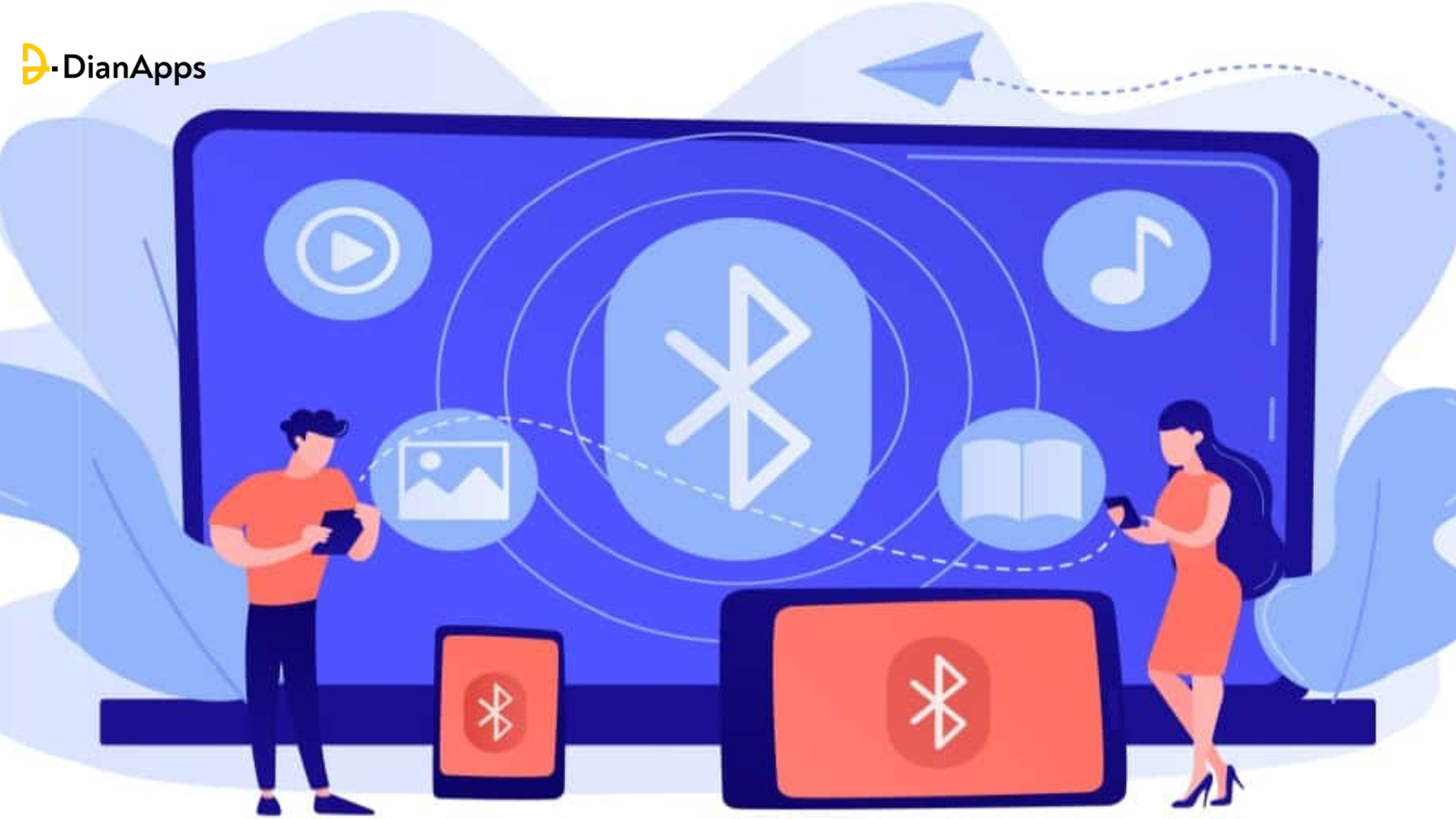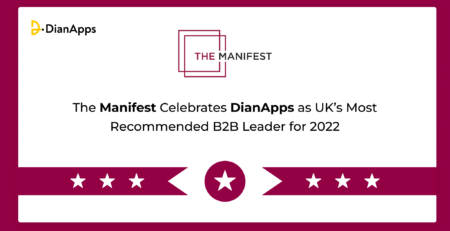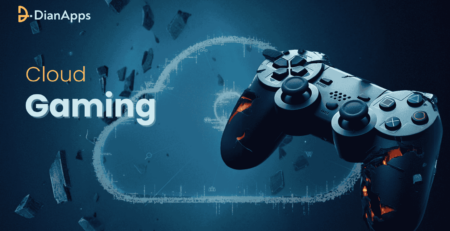What is BLE App Development? A Complete Guide for Beginners
In our increasingly interconnected world, we find ourselves constantly syncing our mobile devices with a wide array of gadgets, from air conditioners to vacuum cleaners, and even our AirPods. When it comes to seamless connectivity, Bluetooth Low Energy (BLE) takes the lead, offering a swift and hassle-free pairing process compared to traditional Wi-Fi.
The increasing use of BLE technology across diverse sectors, including retail and healthcare, promises a future where we can say goodbye to time-consuming setup procedures and use devices that effortlessly work right out of the box.
This article serves as your comprehensive guide to BLE app development, addressing all your questions and providing fundamental insights about the potential of BLE technology. It caters to individuals and businesses alike, all striving to embrace this innovative technology and make life simpler for everyone.
What is Bluetooth Low Energy (BLE)?
BLE, short for Bluetooth Low Energy, serves as a wireless radio technology that links various devices, enabling them to communicate and share data through radio waves.
If you’ve ever experienced the convenience of wireless headphones like AirPods, then you’re already acquainted with its more well-known counterpart, Bluetooth. The “Low Energy” aspect comes into play by optimising performance to extend battery life. This means BLE devices transmit less data and generally function within a shorter range when compared to classic Bluetooth.
In the realm of custom app development, Bluetooth LE comes into play when a mobile app connects to external peripherals, such as a heart rate monitor or fitness tracker. Furthermore, BLE also facilitates how a nearby sensor transmits data to all the closely linked BLE-enabled applications.
Bluetooth Low Energy or BLE Technology App Development
As we are already aware, having an edge often comes down to data in today’s business scenario. If harnessing data from Internet of Things (IoT) devices provides that edge, then prioritising Bluetooth Low Energy mobile app development is essential.
BLE apps play a pivotal role in managing an array of sensors and IoT devices across diverse industries. If your business operates in sectors like:
- BLE app development in Medicine
- Home Automation Systems
- BLE app for Location Tracking
- Smart Tags
- BLE technology for tracking pets
- BLE app development in Agriculture
- BLE app for Smart Kitchen
- BLE app development for Communicators
- BLE app development for sports
- BLE app development in Retail
Chances are, you’ll find significant value in developing a Bluetooth LE app to streamline operations, enhance connectivity, and stay ahead in your industry.
Reasons to Invest in BLE App Development:
1. Affordable
BLE technology provides a cost-effective marketing solution due to its use of inexpensive, low-power signalling devices. Deploying Bluetooth Low Energy applications in large-scale settings is convenient and scalable, thanks to their affordability.
2. Transmitting Data
The most common use case is envisioning a scenario where patients use a glucose metre at home, requiring an app to read data from this sensor on their mobile phones.
3. Mesh Network Functionality
Similar to location tracking, this solution involves monitoring valuable items, such as medical equipment, through interconnected sensors. Furthermore, a Bluetooth LE application managing a mesh networking infrastructure can optimise lighting efficiency in a clinic.
4. Streaming Audio
This is a relatively recent advancement in BLE technology, significantly extending the playback time of streaming devices without draining their batteries. As BLE supports multiple streams of data, it also enables simultaneous conversations with multiple people. Explore these possibilities with our custom software development services.
5. Tracking Locations
When used in conjunction with dedicated trackers (beacons), a BLE app can pinpoint a user’s precise position anywhere within a building. This is a fantastic approach to wow your clientele and provide them with the convenience of accessing your location.
6. Efficient Power Usage
Bluetooth Low Energy (BLE) minimises power consumption for data transmission and reception. A single coin battery can power it for numerous years, and with specific optimizations, this duration can be extended. Additionally, the device’s battery life is less susceptible to depletion due to signal transmission.
7. Added Value in the Marketplace
By developing a BLE App, you can leverage a vast infrastructure of Bluetooth devices, increasing your chances of reaching a large audience. With advanced wireless technology and innovative software, you can accurately anticipate and meet the needs of your customers, resulting in revenue growth and enhanced customer loyalty.
How To Develop a Bluetooth Low Energy (BLE) Application?
Design Considerations-
When delving into BLE app design, key considerations include seamless onboarding with a helpful video guide for pairing devices, ensuring both customers and support staff find it user-friendly.
Additionally, prioritising graceful error handling, displaying meaningful errors, and providing a clear indication of application status enhance the user experience. Given the interdependence of BLE apps on connectivity, it’s crucial to offer immediate visibility into pairing and communication status.
Simplifying user experiences further involves minimising settings, and recognizing the challenges users may face when dealing with new software and hardware simultaneously. Striking this balance ensures a user-friendly BLE app design, facilitated by expert UI/UX Design services.
Also, read about The Role of User Experience (UX) in Website Development.
Web Application-
This web app simplifies firmware updates for all your Bluetooth LE gadgets simultaneously, ensuring devices stay fresh, secure, and feature-rich. For efficient equipment tracking and status monitoring, consider leveraging web app development services. This becomes particularly valuable when managing a large fleet of Bluetooth LE devices.
Coding and Hardware Considerations-
Building a BLE application involves crucial steps to streamline coding. Begin by deciding on the hardware, which shapes essential features like proximity sensing and long-range connections. Choose suitable BLE libraries such as React-native-ble-plx or RxBluetoothKit, depending on the target mobile OS. Following Bluetooth SIG’s security recommendations is vital. Use private resolvable addresses, employ LE Security Mode 1 Level 4, and ensure encryption, access, and authentication permissions for data protection on sensors. This careful consideration of hardware and adherence to security practices ensure a robust foundation for BLE app development.
Testing Like a Professional-
A crucial task in BLE app development is testing with a hardware chip. Use a BLE dongle with a laptop or simulator apps like Nordic nRF Connect or LightBlue. For building a BLE app through the Flutter app development framework, consider the open-source emulator BLEmulator, as manual testing can be limiting.
Deployment-
To deliver your BLE applications to consumers, if it’s intended for internal use only, you’ll need to distribute them using Apple’s Ad Hoc or Enterprise distribution model. This allows you to specify devices authorised for use with the BLE application.
Tips for BLE App Development-
1. Crafting a Smooth Onboarding Process
Including visual aids such as images and videos in your onboarding process is crucial, especially when users need to perform actions like pressing a button, scanning a code, or attaching a device correctly.
Visual media is highly effective, making instructions clearer and reducing the need for extensive written explanations and translations. This not only improves the user experience by offering a clear visual guide but also showcases your commitment to delivering the best product experience possible.
2. Requesting App Permissions
When creating BLE mobile apps, securing necessary permissions is crucial. These apps often need Bluetooth and, sometimes, location service permissions. When asking for less common permissions, provide clear explanations. This transparency, often overlooked, significantly impacts the overall user experience. Here’s what you can do:
- Craft concise and informative permission requests, explaining why they’re needed for a better decision-making process.
- Timing is crucial. Avoid bombarding users with permission requests on the first launch. Instead, introduce them during onboarding or when the relevant feature is initiated.
- Support follow-up dialogues if a user denies crucial permission, helping them understand missed opportunities and offering a way to rectify them.
- Consider changes in user behaviour, like turning off Bluetooth or location services, by providing appropriate messages.
These considerations greatly enhance the user experience in BLE mobile application development.
3. Don’t Ignore the Power of Loading States
In user experience design, it’s vital to show the system’s current state to keep users informed. Processes like device discovery or pairing may take some time, and you don’t want users puzzled by a static screen. When the app is actively working on tasks like pairing or syncing, the UI should reflect this progress. This not only adds a dynamic feel but also reduces the frustration of waiting. In BLE application development, where pairing or syncing can happen at different times, integrating this aspect into the UI is crucial.
4. Easy Error Handling
Mistakes are part of the process, and while preventing them is ideal, it’s only sometimes possible. The key is how you handle them. When errors happen, it’s crucial to clearly explain the problem and offer a solution. In BLE app development, users may only sometimes have the ability to fix issues on their own, so providing additional support, such as direct contact with support services, becomes essential for quick issue resolution.
5. Thorough User Testing Across Devices
QA testing is good, but testing with real customers brings unique insights. It reveals unexpected things, challenges assumptions, and finds opportunities for improvement. For thorough testing and optimization, go for trustworthy BLE app development services.
6. Dealing with Empty States
In situations without a connected device, it’s essential to define user options. Should they explore the app without a connection or be prompted to establish one? The decision hinges on app capabilities and whether users can access valuable data without a connected device.
7. Simplifying Firmware Updates
Keep your BLE devices up to date with occasional firmware updates. Inform users, highlight changes, and guide them through the process for a seamless experience. Sometimes, a forced update may be needed for new features. For expert help, turn to experienced BLE app development companies.
8. Make Device Identification Easier
Using multiple Bluetooth devices can be confusing due to complex IDs. Make it simpler with visual cues like buttons, signal ranges, or QR codes. Let users customise names or icons for easy identification, especially with multiple devices.
Conclusion
In summary, Bluetooth Low Energy (BLE) emerges as a game-changing technology, fostering wireless connections with energy efficiency and robust security. With versatile applications, from data transfer to personalised experiences, BLE stands at the forefront of modern connectivity.
DianApps, an expert BLE app development company, combines extensive experience with meticulous attention to detail. Our dedicated team ensures seamless connections, exceptional user interfaces, and client satisfaction. We’re committed to exceeding your expectations for iOS, Android, or diverse devices.
Connect with us for top-notch Mobile App Development services and unlock the full potential of your projects.




